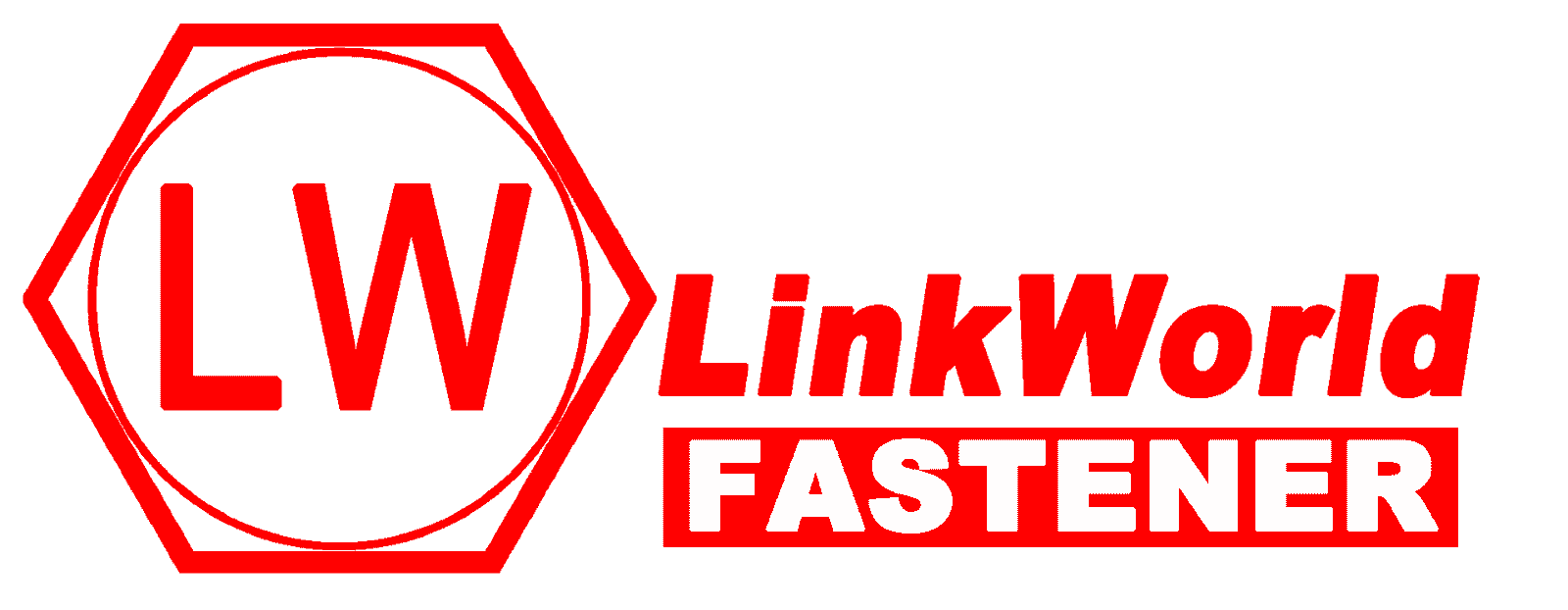Why a Structured Procurement Process Matters
Fasteners may seem small, but they are critical to construction, automotive, energy, and industrial projects. A structured procurement process ensures:
- Compliance with regional standards such as DIN/ISO, ASME/ANSI, and AS/NZS
- Reduced risks of delays, rework, or quality rejection
- Transparency in cost, delivery, and documentation
Without a clear process, buyers face common issues like inconsistent quality, customs problems, and hidden costs. This guide provides a step-by-step roadmap to help international buyers procure fasteners with confidence.
Step 1 — Define Your Technical Specifications Clearly
The first mistake many buyers make is requesting quotations with vague or incomplete specs. This slows down response time and creates confusion.
When defining specs, always include:
- Material grade: e.g., carbon steel (Grade 8.8, 10.9), stainless steel (A2, A4)
- Surface treatment: zinc plating, hot-dip galvanizing, Dacromet, or black oxide
- Mechanical properties: tensile strength, hardness, impact resistance
- Thread standards: metric (DIN/ISO), UNC/UNF (ASME/ANSI), or AS/NZS threads
- Tolerances and finishes: critical for precision parts or exposed structures
📌 Pro Tip: Include a technical drawing or detailed RFQ template. This minimizes misinterpretation and ensures suppliers quote accurately.
Step 2 — Choose the Right Supplier Region
Global buyers often consider sourcing from China, India, or Europe. Here’s what you need to know:
- China: Largest production base, competitive pricing, wide certification coverage (ISO, CE, IATF).
- India: Growing player, but limited in high-strength fasteners and EN standards.
- Europe: High quality, but significantly higher prices and longer lead times.
Despite tariffs and trade uncertainties, China remains the most reliable option for international buyers in 2025 due to its capacity, flexibility, and standard compliance.
Step 3 — Verify Supplier Credentials and Certifications
A professional fastener supplier should provide proof of compliance with global standards. Look for:
- ISO 9001: baseline quality system
- IATF 16949: required for automotive fasteners
- CE marking + EN 15048 / EN 14399: mandatory in EU construction projects
- EN 10204 3.1/3.2 certificates: for batch traceability
- RoHS/REACH declarations: for EU environmental compliance
📌 Pro Tip: Ask suppliers for scanned copies of certificates and check validity dates. Reputable suppliers will also share recent test reports.
Step 4 — Conduct a Supplier Audit or Evaluation
Before committing to large orders, evaluate the factory’s true production capability:
- Production lines: cold heading, threading, heat treatment, plating
- QC equipment: hardness tester, salt spray chamber, tensile testing machines
- Workforce and technical team: engineers, QA staff, machine operators
- Factory audits: on-site visits or remote video inspections
- Third-party audits: TÜV, SGS, or buyer-appointed agencies
📌 Red Flags: outdated machines, inconsistent documentation, or reluctance to show production processes.
Step 5 — Request Samples and Approve Pre-Production
Samples are your safeguard against mass production errors. Always:
- Request samples before confirming PO
- Verify dimensions, threads, and coating finish
- Test mechanical properties if critical (torque, tensile, hardness)
- Approve packaging and labeling formats
A small upfront investment in sampling saves huge costs later.
Step 6 — Place the Order with Clear Terms
When placing your order, clarify:
- Incoterms: FOB, CIF, DDP depending on your logistics strategy
- Lead time: production + inspection + shipping buffer
- Payment terms: LC, TT, or split milestone payments
- QC standards: reference ISO 2859 sampling plans
- Documentation package: commercial invoice, packing list, certificates
Transparency here avoids disputes later.
Step 7 — Quality Control During Production
Strong suppliers implement 3-level QC:
- Incoming inspection: verify steel grade, batch, and certificates
- In-process inspection: dimensional checks during cold forming and threading
- Final inspection: random sampling, coating thickness tests, mechanical property reports
📌 Pro Tip: For large orders, request production photos/videos or hire third-party inspectors.
Step 8 — Manage Logistics and Customs Compliance
Your logistics partner must handle:
- HS code accuracy to avoid misclassification penalties
- Packing standards: seaworthy cartons, pallets, rust-proof packaging
- Marking and labeling: origin labels, CE marking if required
- Customs documentation: ensure certificates are consistent with invoices
📦 Choosing FOB or CIF depends on your experience. Many buyers prefer FOB for freight flexibility.
Step 9 — Post-Delivery Review and Supplier Evaluation
Procurement doesn’t end at delivery. Review:
- Delivery punctuality
- Quality consistency across batches
- Supplier communication speed
- Customer service after shipment
Maintain a supplier scorecard. Over time, this helps build a reliable sourcing network.
How Jiaxing Linkworld Fasteners Supports International Buyers
With 20+ years of export experience, Jiaxing Linkworld Fasteners offers:
- Full compliance with DIN, ISO, ASME, AS/NZS standards
- Flexible MOQ and fast response time
- Dedicated QC team with in-house testing equipment
- Strong logistics support for Europe, North America, and the Pacific
📩 Looking for a smooth fastener procurement experience?
Submit a Quick Inquiry today and our team will respond within 12 hours.
FAQs About Fastener Procurement
Q1: What’s the biggest risk in fastener procurement?
A: Miscommunication of specifications. Always provide detailed drawings and standards.
Q2: How do I know if a supplier is a trader or manufacturer?
A: Ask for machine lists, production videos, and in-house testing certificates.
Q3: Is CE marking required for all exports to Europe?
A: Only for construction fasteners under EN 15048/14399.
Q4: How can I control lead time better?
A: Use rolling forecasts and request suppliers to hold raw materials in advance.
Q5: Should I always use third-party inspection?
A: For new suppliers, yes. For long-term partners with stable quality, random checks are sufficient.
Q6: Can I source both standard and non-standard fasteners from one supplier?
A: Yes, if the supplier has flexible production lines like Linkworld Fasteners.
Conclusion: A Smarter Way to Buy Fasteners
Procurement is more than just price comparison—it’s about building a structured, risk-free process. By following these 9 steps, buyers can:
- Reduce sourcing risks
- Ensure compliance with international standards
- Build long-term partnerships with reliable suppliers
📩 Need a step-by-step procurement plan tailored to your market?
Send us a Quick Inquiry today — our experts will guide you.
